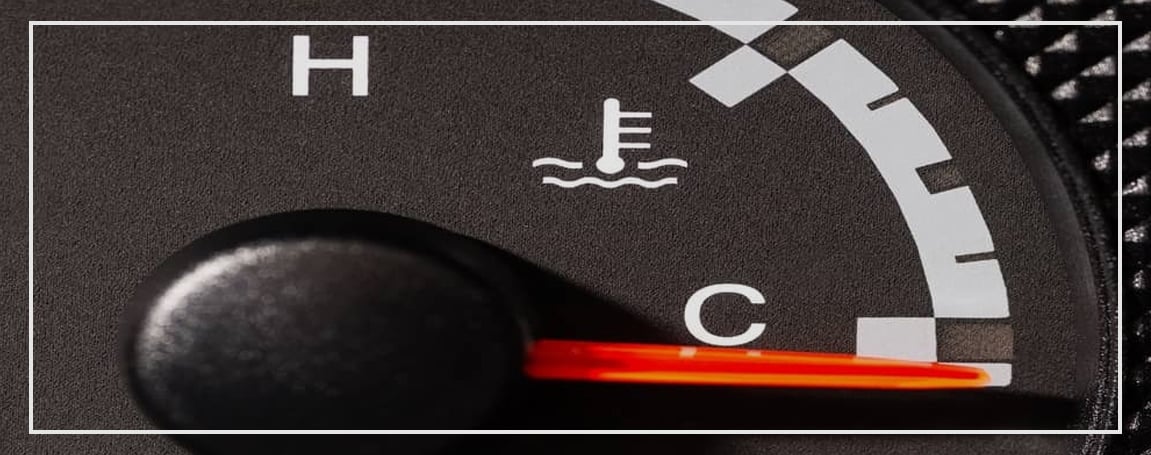Understanding your car’s emergency lights
Understanding your car’s emergency lights
Posted on June 13, 2022
Have you ever been in a situation where you weren't sure what your car’s emergency lights mean? It can be tricky to identify what the lights mean and what to do when you see them.
What Does the Emergency Light Signify?

Check Engine
If the emergency light is on, it means there could be a problem with your car. The most common problem is a check engine light. The check engine light comes on when there is something wrong with your car's emissions system. The emissions system keeps the air around you clean, so if it isn't working properly, your vehicle could be emitting harmful fumes into the air. You should always have your car inspected by a professional as soon as possible if you see this light on.
Anti-lock Braking System

The anti-lock braking system (ABS) is designed to help you maintain control of your vehicle in an emergency. If the ABS light comes on, it means there's a problem with the system and you should take it in for servicing. If you're in an emergency and don't have time to take your car to a mechanic, you can check whether or not the ABS is working by doing the following:
- Turn on your hazard lights.
- Rapidly press down on both the brake pedal and accelerator at the same time, then release them quickly as well.
- If the hazard lights go off when you're pressing down on both pedals at once, this means your ABS will be able to help keep you safe if necessary!
Engine Temperature

When the emergency light is on, it's time to check your engine temperature. If you don't know what your thermostat is, it's the little dial that controls how hot or cool your car gets. You can usually find it right next to the hood latch.
If you've got a digital temperature gauge, that's great! Just make sure to check the temperature of your engine with the ignition off, then turn it back on and see if the gauge changes. If it does, then you're good!
Engine Oil Pressure

When the emergency light is on in your car, it's time to check your engine oil pressure. This could mean you have a leak in your engine or there's an issue with the oil pump.
The best way to check your engine oil pressure is by using a mechanic's gauge. If you don't have one of these, you can also check it by turning off the engine and removing the dipstick from your car's engine. Then, place the end of the dipstick into a small container of engine oil that has been sitting overnight so any air bubbles can escape.
Conclusion

We have provided you with an overview of how each car emergency light works and what they mean. We also gave you a list of the most common meanings of each light and some information that may be helpful to you in an emergency. With this information, you should be able to understand your car’s emergency lights and know what to do in case you come across them on the road.
